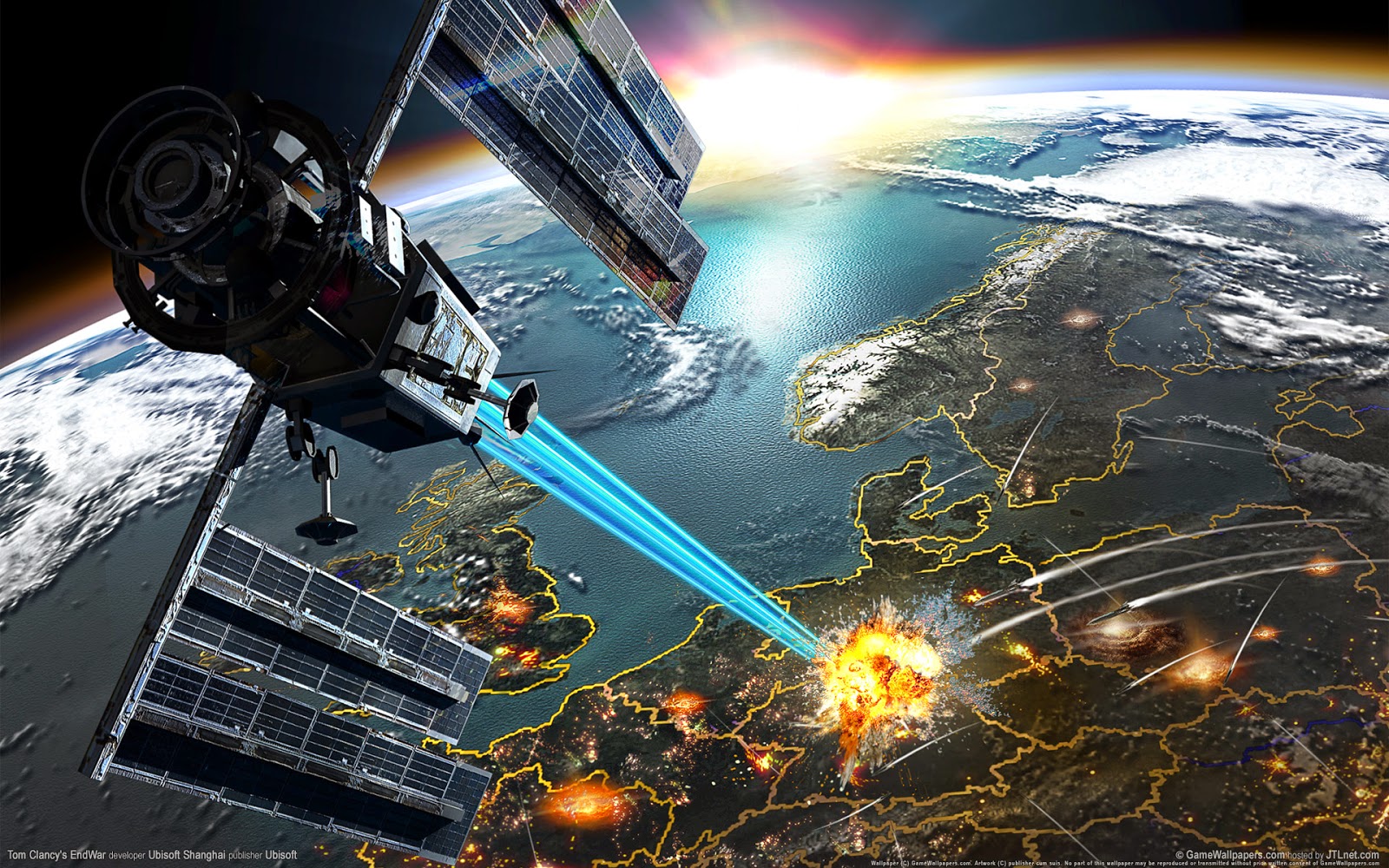Space is increasingly cluttered with satellites and other debris, raising concerns about the potential for conflict among major spacefaring nations like the U.S., China, and Russia. While the idea of space warfare might have seemed far-fetched in the past, it’s now a growing concern, with low Earth orbit emerging as a likely battleground.
The establishment of the U.S. Space Force in 2019 by President Donald Trump reflects the growing significance of space in military strategy.
Deputy Secretary of Defense Kathleen Hicks highlighted the evolving military doctrines of Russia and China, emphasizing their efforts to target vital space-based systems and degrade the space advantages of the U.S. and its allies.
All three major space powers possess the capability to launch rockets with the intent of destroying satellites, as well as operate secretively “tailing” satellites capable of maneuvering closer to other satellites, potentially for destructive purposes. Russia, for instance, has deployed satellites with hidden payloads and projectiles.

The consequences of space warfare could be catastrophic, akin to nuclear warfare, with the destruction of critical satellites leading to a cascade of space debris that could render orbits unusable.
This scenario underscores the urgency of preventing conflicts from extending into space and preserving the peaceful use of outer space for all nations.
Since the launch of Sputnik by the Soviet Union, space has been viewed as a potential arena for international conflict. As technology advances and geopolitical tensions escalate, the risk of space warfare looms larger than ever.
However, the hope remains that diplomatic efforts and international cooperation will prevent such conflicts from occurring.
Also read: SpaceX Crew Dragon Docks with ISS, Welcoming New Astronauts for Six-Month Mission

